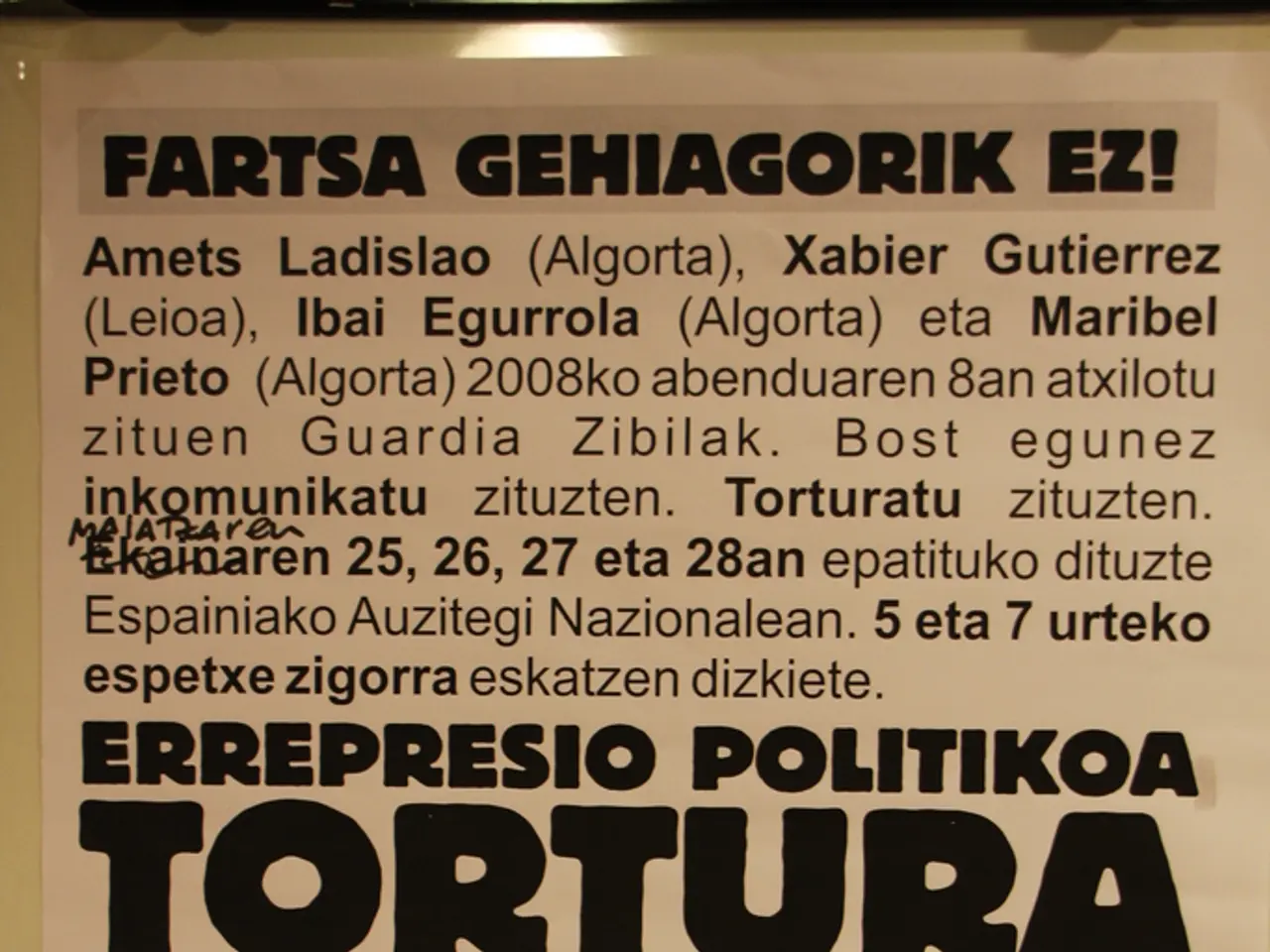Spending Two Days in Mexico City's Blossoming Cultural Hub: Recommendations from Our Lifestyle Expert
Mexico City: A Vibrant Melting Pot of Design and Culture
Mexico City, also known as CDMX, is a bustling metropolis that seamlessly blends its rich history with contemporary design, creating a unique and dynamic cultural landscape.
LagoAlgo and Laguna, cultural platforms based in Mexico City, promote activities across design, architecture, urban planning, gastronomy, and art. They reside in an industrial warehouse and a restaurant respectively, embodying the city's innovative spirit.
Tetetlán, a community hub located in a scenic residential area, was once the stables of a house designed by Luis Barragán, a prominent figure in modern Mexican architecture. It serves as a cultural center, library, artist residency, and yoga space, showcasing the city's commitment to creativity and wellness.
OMR, a gallery in Roma Norte, takes an intersectional approach to contemporary art, addressing challenges that shape our past, present, and future. Casa Bosques, another Roma Norte gem, is a bookshop, chocolate atelier, guesthouse, and artist residency, boasting a forward-thinking curation that spans the spectrum of today's creative disciplines.
Biblioteca Vasconcelos, one of Mexico City's coolest architectural attractions, is a brutalist, industrial structure adorned with pops of color, sculptural mid-century modern furniture, and trailing plants.
The city’s layout traces back to the Aztec city of Tenochtitlan, with large marketplaces exemplified by the Tlatelolco Market. This model of merging public space and commerce has influenced the tradition of Mexican marketplaces and their structured yet social character in Mexico City today.
In the late 19th and early 20th centuries, Mexico City neighborhoods like Condesa were shaped by the global garden city movement, inspired by Ebenezer Howard. This philosophy balanced housing, green spaces, and work opportunities, creating walkable, community-focused areas rich in culture, art, and nature, which remain influential in urban design and lifestyle.
Mid-20th century Mexican modernism, especially the work of Luis Barragán, is a major historical influence. Barragán’s use of color, light, and sculptural form in residential architecture is a defining element of Mexico City’s aesthetic and continues to inspire contemporary design. His preserved works serve as cultural landmarks and cultural hubs that influence current creative practices.
Post-Mexican Revolution, government-commissioned murals fostered a politically and culturally rich tradition of public art in Mexico City, which has evolved into a vibrant contemporary street art scene. This continuity of muralism emphasizes social narrative and public engagement in design.
The revitalization of the Historical Center since the late 20th century, driven by neoliberal policies and major investments, has transformed the city’s morphology. Restoration of baroque buildings alongside new constructions, upgraded infrastructure, and cultural institutions have reshaped the urban form, blending historical preservation with modern needs—though this has also raised social challenges like exclusion and rising real estate costs.
Jardín Botánico del Bosque de Chapultepec, a botanical garden in Mexico City, presents a spectacular collection of native tropical plants in a brutalist cement greenhouse brought to life by blue tiles.
Luis Barragán, an alumnus of Le Corbusier, began to incorporate his observation of Mediterranean and North African architecture into projects that shared the linear functionality and commitment to better living of his maestro, while making a cinematic palette of pinks, yellows, and blues his most distinctive trait.
Tierra Garat, a design-driven café located in Polanco, features terracotta-clad, textural surfaces, ondulating lines, organic collectibles, and an earthy color palette. The area's Aztec and Mayan origins have woven their way into local Art Deco and brutalist buildings, with colossal volumes and trapezoidal shapes akin to ancient temples.
Mexico City is home to some of the best design hotels, acclaimed artistic institutions, UNESCO heritage-protected landmarks, and trailblazing artisan studios. Condesa DF, a four-star hotel in Mexico City, is the work of French-Iranian architect and designer India Mahdavi, and features minimalist objets d'art, western-style accents, an inner courtyard, and a filled-with-views rooftop bar.
Taller Masa, a hip new café in Mexico City, is known for its vibrant decor, generously sized pastries, and unexpected blends of chai. Pujol, a two-Michelin-star restaurant in Polanco, is renowned for its boundary-pushing approach to gastronomy, particularly its packed-with-spice Mole Madre, Mole Nuevo signature dish, which combines a sauce the establishment has been brewing for years with a fresher batch of it into an eye-catching composition.
Mexico City, with a storied past that dates back to 9000 BC, is truly one of the most authentic creative hubs in the world.
- LagoAlgo and Laguna, situated in Mexico City, promote various design, art, gastronomy, and architecture activities, residing in industrial spaces that embody the city's innovative spirit.
- Tetetlán, housed in a residential area, showcases the city's commitment to creativity and wellness, serving as a cultural center, library, artist residency, and yoga space once part of a house designed by Luis Barragán.
- OMR gallery in Roma Norte takes an intersectional approach to contemporary art, addressing past, present, and future challenges, while Casa Bosques, another Roma Norte gem, spans creative disciplines as a bookshop, chocolate atelier, guesthouse, and artist residency.
- Biblioteca Vasconcelos, a brutalist structure adorned with pops of color, sculptural mid-century modern furniture, and trailing plants, is one of Mexico City's architectural attractions.
- The city's marketplaces, such as the Tlatelolco Market, merge public spaces and commerce, following the model of Tenochtitlan and influencing contemporary Mexican marketplaces.
- The revitalization of the Historical Center has transformed the city's morphology, blending historical preservation with modern needs, while introducing social challenges like exclusion and rising real estate costs. On the other hand, Jardín Botánico del Bosque de Chapultepec presents a collection of native tropical plants in a brutalist cement greenhouse brought to life by blue tiles.




